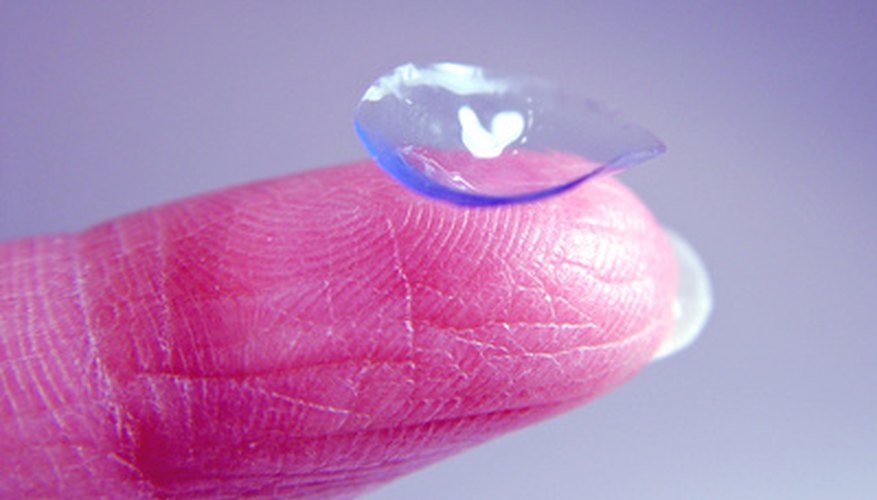Contact lenses are designed to fit on the front surface of your eye, called the cornea. The back curves of a contact lens, measured in millimetres, should match the curve of your eye.
- Contact lenses are designed to fit on the front surface of your eye, called the cornea.
- The back curves of a contact lens, measured in millimetres, should match the curve of your eye.
Significance
When you have your contact lens fitting exam, your eye doctor measures the curves of your eye with a keratometer. The measurements are called k-readings.
Fitting
Your eye doctor uses the k-readings to determine which contact lens's curve will give you the best vision, be the most comfortable, and keep your eye healthy.
Types
The base curve of a contact averages in the range of 8.0 to 9.5 millimetres, depending on the flatness or curves of the surface of your eye.
Features
Lenses are usually available in just a few base curves per style, such as 8.3, 8.6 or 8.9. The lower the number, the steeper of the curve, or angle, of the lens and your eye.
Difference between 8.6 and 8.9
A lens with a base curve of 8.6 is steeper than a lens with a base curve of 8.9. Many factors affect the size of a lens, including the prescription and the diameter (size across the lens), so a base curve in one type of lens may be slightly different in another type or brand of contact.
